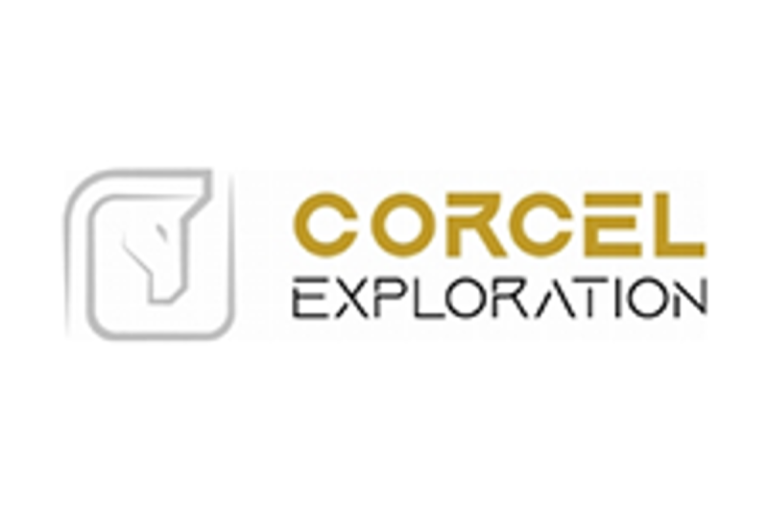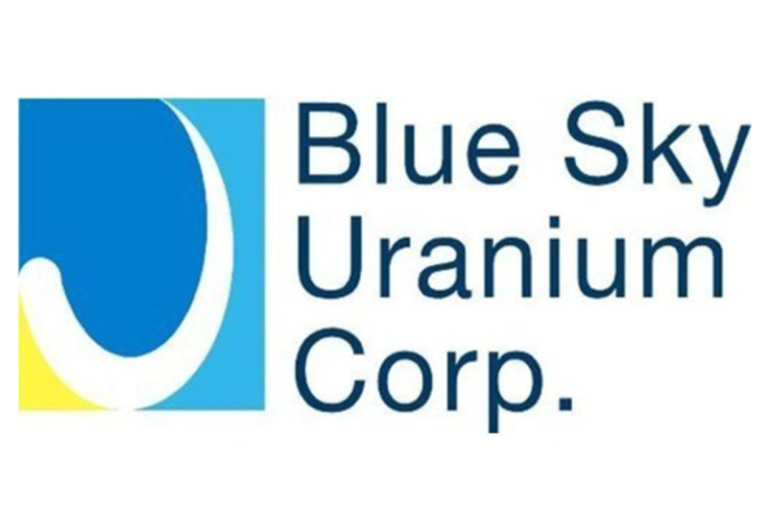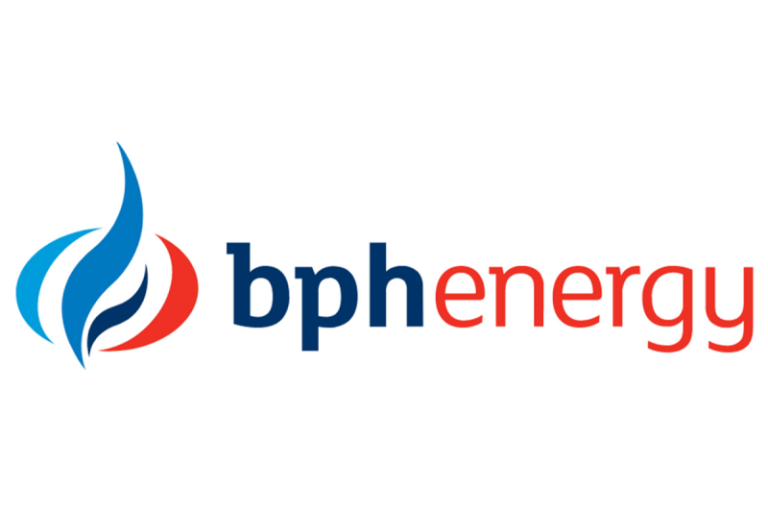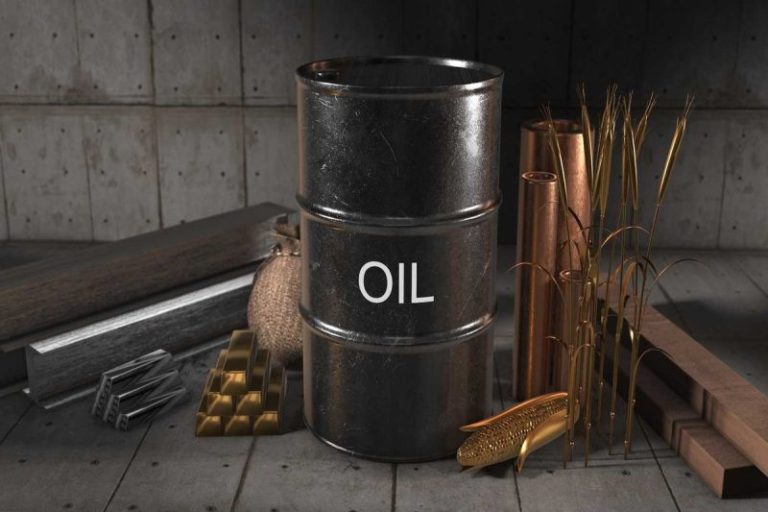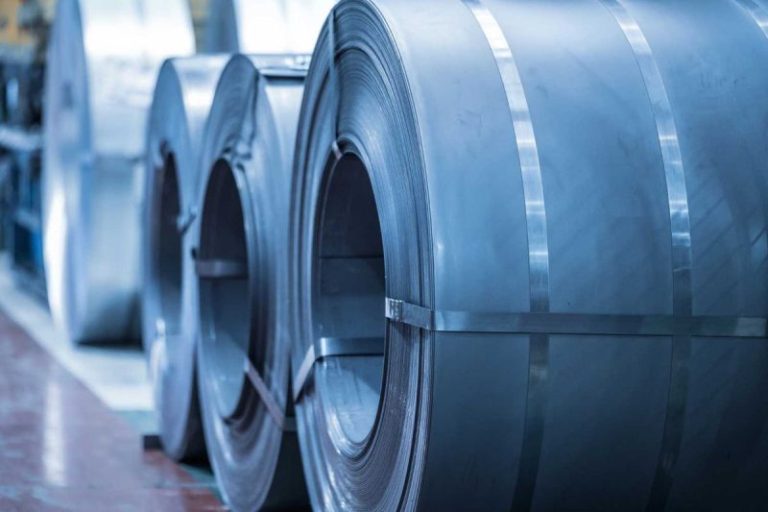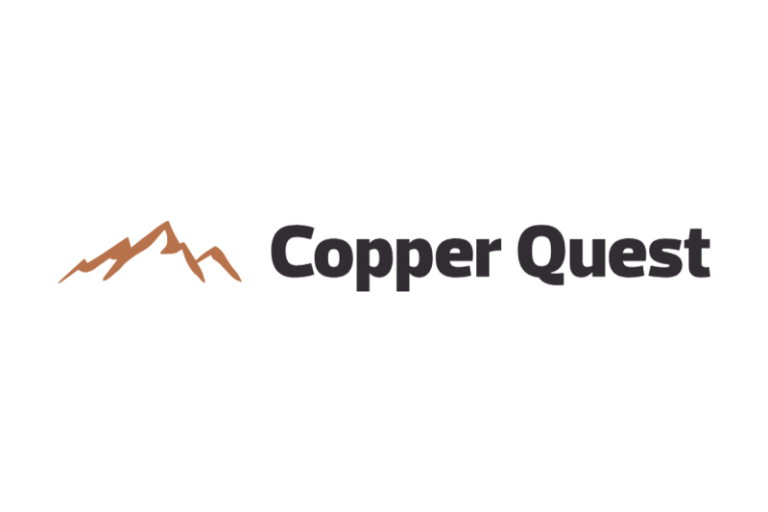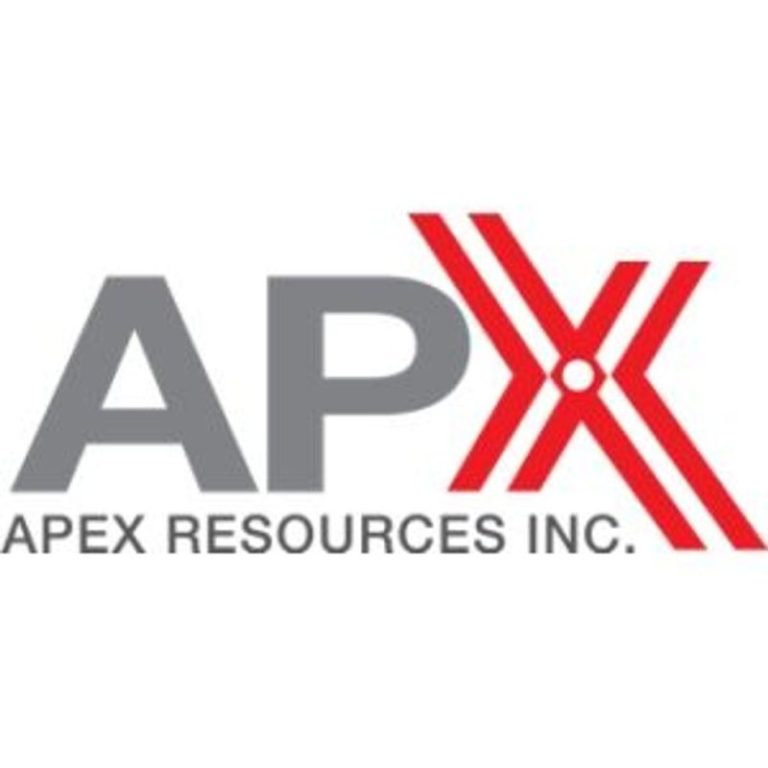Investor Insight
With a seasoned technical team, backing from Inventa Capital, and a district-scale asset in Arizona, Corcel Exploration is positioned to unlock a significant US-based copper-gold system at a time of accelerating demand for energy transition metals.
Overview
Corcel Exploration (CSE:CRCL,OTCQB:CRLEF) is a Vancouver-based mineral exploration company focused on copper and gold discoveries across North America, with a primary focus on Arizona’s Yuma King project. The company is leveraging a combination of historical data, modern geoscience and advanced technology to identify and expand near-surface and buried mineralized systems.
Yuma King project site
Corcel’s approach is centered on disciplined, data-driven exploration. The company’s 2025 work program includes its maiden 2,000-meter diamond drill program, IP surveys and hyperspectral mapping to test priority copper-gold skarn and porphyry targets around the Yuma King mine, Yuma King West and Three Musketeers zones. By validating and extending historical mineralization, Corcel aims to delineate a near-term resource base while unlocking the broader district-scale potential.
The company’s technical leadership team, with decades of discovery experience across the Americas, is supported by Inventa Capital, a proven incubator of successful resource ventures such as Vizsla Silver and Targa Exploration. This strategic partnership provides Corcel with corporate infrastructure, capital markets expertise and exploration discipline, giving it a competitive edge in executing its exploration plans efficiently and effectively.
Company Highlights
- Flagship Yuma King Project (Arizona): District-scale, 3,200-hectare land package with 515 federal mining claims in the historic Ellsworth mining district.
- High-grade Historical Production: 8,600 tons averaging 2.3 percent copper, 0.3 oz silver per ton, and 0.03 oz gold per ton from the past-producing Yuma mine.
- Dual Mineralization System: Copper-gold skarn mineralization with potential for a buried copper-molybdenum-gold porphyry system.
- Strong Recent Results: Rock samples grading up to 17.15 grams per ton gold and 11.6 percent copper, confirming widespread surface mineralization.
- Advanced Drill-ready Targets: 1.6 km skarn corridor open along strike and down-dip; multiple untested anomalies from geophysics and soil sampling.
- Experienced Leadership: Led by a technically strong management team with deep experience in discovery, development, and capital markets.
- Strategic US Positioning: Located near infrastructure and in the same state as one of only three US copper smelters.
Key Project
Yuma King
The Yuma King copper-gold project covers a 3,200-hectare district-scale property in the historic Ellsworth mining district of west-central Arizona, approximately 150 km northwest of Phoenix. The property hosts the past-producing Yuma mine, where operations between 1940 and 1963 yielded high-grade copper and gold ore.
Yuma King property overview
Corcel has defined three primary target zones within the project: the Yuma King Mine zone, hosting near-surface and down-dip skarn mineralization open along a 1.6 km corridor; Yuma King West, characterized by high-grade gold-copper rock samples and coincident copper-gold-molybdenum soil anomalies; and the Three Musketeers area, marked by strong magnetic destruction and soil anomalies indicative of a potential upper porphyry environment.
Exploration Targets and Results
Skarn and Replacement Mineralization: Copper-gold skarn zones with oxide and sulfide mineralization remain open in multiple directions. Historical drilling intersected intervals such as 45.4 m grading 0.78 percent copper, 0.53 grams per ton (g/t) gold, and 6.3 g/t silver.
Drilling at Yuma King in 2006
Porphyry Potential: Geological and geochemical data indicate a buried copper-molybdenum-gold porphyry system, with prior holes intersecting up to 395 ft of 753 parts per million (ppm) copper and 184 ppm molybdenum. Magnetite destructive alteration was located in the Three Musketeers area and is associated with strong gold and copper in soils and rocks, indicating the potential upper levels of a porphyry system.
Surface Sampling: 2,263 soil and 303 rock chip samples have defined 1.2 km-long copper-gold-molybdenum anomalies, with rock assays up to 17.15 g/t gold and 11.6 percent copper, identifying multiple new high-priority zones.
Untested Targets: The Three Musketeers and Yuma King West zones host strong magnetic features and soil anomalies under shallow cover, indicating potential extensions of the mineralized system.
2025 Program: Phase 1 drilling (2,000 m) and 8.5 km of IP surveys are planned to test these targets, marking the first comprehensive, data-integrated exploration in the district in over 70 years
Management Team
Jon Ward – CEO and Director
Jon Ward is a finance and investor relations professional with experience in mining and business services. He is the head of investor relations and corporate communications for Inventa Capital and Vizsla Silver, and VP corporate development of Targa Exploration.
Kyle Nazareth – CFO
Kyle Nazareth is a chartered financial professional with over a decade of experience managing public companies and executing capital market transactions. He is currently CFO of Branson Corporate Services in Toronto.
Oliver Friesen – Director
A geologist with over 10 years of experience in mining and oil & gas, Oliver Friesen is the Current CEO & director of Guardian Metal Resources, a company focused on advancing tungsten assets in Nevada.
Lee Beasley, M.Sc., C.P.G, P.G – VP Exploration
Lee Beasley is a professional geologist with over 20 years of experience in porphyry, skarn and intrusion-related systems. He previously held senior roles with SSR Mining, K2 Gold and Piedmont Lithium.
Dr. Jesus Velador Ph.D – Director
Jesus Velador is an economic geologist with 25+ years of experience in epithermal, skarn and porphyry exploration. He is the current VP exploration at Vizsla Silver and former director of exploration at First Majestic.
Roy Greig Ph.D, P.Geo. – Advisor and Qualified Person
Roy Greig is a porphyry copper systems specialist with 15+ years of experience across the Americas. He is the former VP exploration at Amarc Resources and advisor to multiple Inventa-backed companies.

